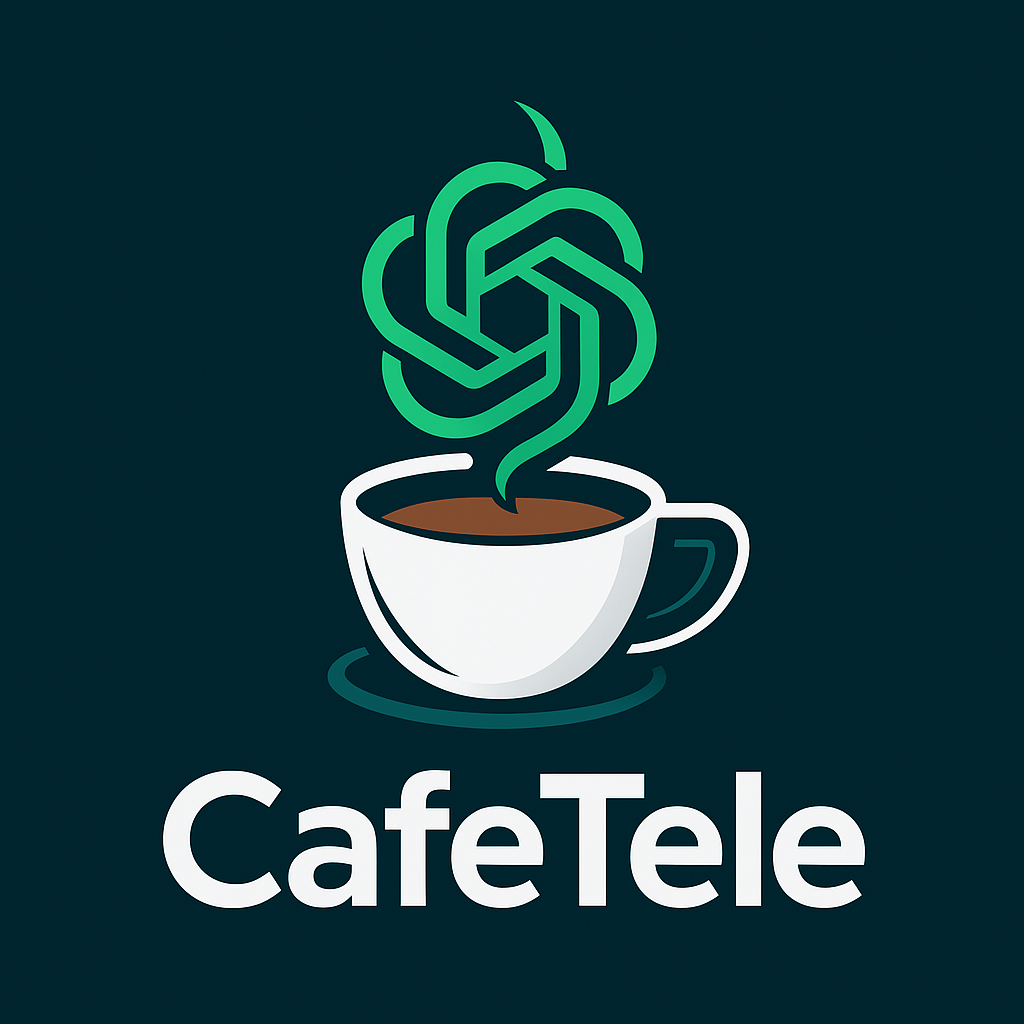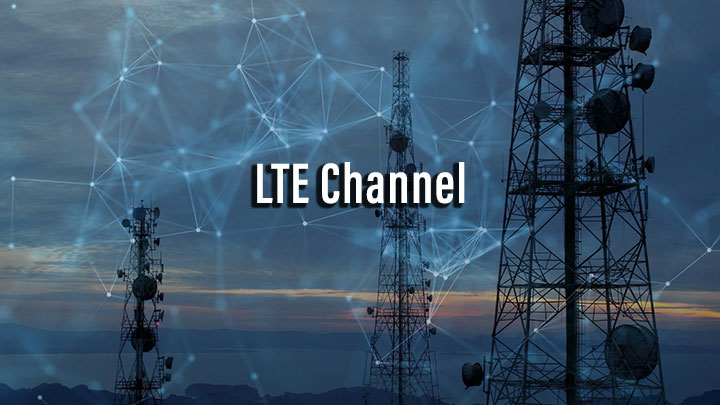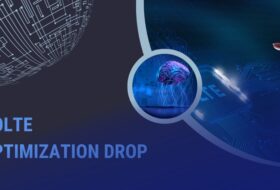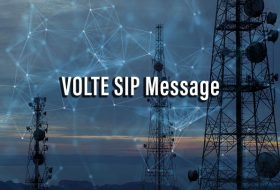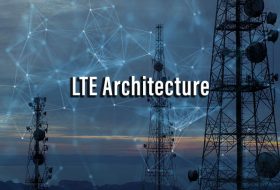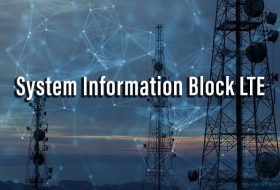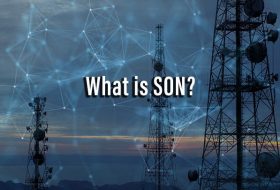LTE Downlink Channels
- Physical Downlink Shared Channel (PDSCH)
- Carries the DL-SCH and PCH. DL-SCH contains actual user data.
- Physical Downlink Control Channel (PDCCH)
- Informs the UE about the resource allocation of PCH and DL-SCH, and HARQ information related to DL-SCH. Carries the uplink scheduling grant.
- Physical HARQ Indicator Channel (PHICH)
- Carries ACK/NACKs in response to uplink transmissions.
- Physical Control Format Indicator Channel (PCFICH)
- Informs the UE about the number of OFDM symbols used for the PDCCHs; Transmitted in every subframe.
- Physical Broadcast Channel (PBCH)
- The coded BCH transport block is mapped to four subframes within a 40 ms interval.
-
LTE Downlink Physical Channel
LTE Uplink Channels:
- Physical Uplink Shared Channel (PUSCH)
- Carries the UL-SCH, ACK/NACK and CQI. UL-SCH contains actual user data.
- Physical Uplink Control Channel (PUCCH)
- Carries ACK/NACKs in response to downlink transmission. Carries a CQI (Channel Quality Indicator) report and SR (Scheduling Request).
- Physical Random Access Channel (PRACH)
- Carries random access preamble.
LTE UPLINK Channel LTE Downlink Logical Channels:
-
Paging Control Channel(PCCH): A downlink channel that transfer paging information and system information change notification, This channel is used for paging when the network does not know the location cell of the UE.
-
Broadcast control channel (BCCH): A downlink channel for broadcast system control information.
-
Common control channel(CCCH): channel for transmitting control information between UEs and network this channel is used for UEs having no RRC connection with the network.
-
Physical Broadcast Channel(PBCH): The PBCH used to broadcast Master information block MIB using the BCH transport channel. PBCH is transmitted on symbols 0, 1, 2, and 3 of slot 1 & occupies the centre 72 subcarriers, PBCH is not transmitted on any resource elements assigned to C-RS for antenna ports 0, 1, 2, and 3.The modulation type of PBCH is QPSK.
-
Physical Control Format Indicator Channe(PCFICH): Specifies how many OFDM symbols at the beginning of a subframe contain PDCCH. PCFICH is transmitted on the first OFDM symbol of a subframe and is transmitted only in subframes that contain symbols allocated to PDCCH. The modulation type is QPSK. The PCFICH is broadcast on the same set of antenna ports as the PBCH. The PCFICH occupies 16 Resource Elements within the first OFDMA symbol of each I ms downlink subframe.
-
Physical Hybrid ARQ Indicator Channe(PHICH): PHICH is the Physical Hybrid ARQ Indicator Channel and carries the hybrid-ARQ ACK/NACK, It is used to indicate the reception of PUSCH transmission from a mobile/UE. The PHICH indicates either a ACK or a NACK, which the UE will decode to find out if it has to do retransmission or not,Multiple PHICHs are mapped to the same set of resource elements (REs). This set of REs constitutes a PHICH group. The PHICHs within a PHICH group is separated through different orthogonal sequences. The number of PHICH groups varies based on whether the frame structure is type one, frequency division duplex (FDD), or type two, time division duplex (TDD).
-
Physical Downlink Control Channel(PDCCH): PDCCH is the Physical Downlink Control Channel and is present in downlink signals only. PDCCH contains scheduling, power control, and ACK/NACK information. The modulation type for PDCCH is QPSK. The Physical Downlink Control Channel (PDCCH) is used to transfer Downlink Control Information (DCI), The Physical Downlink Control Channel (PDCCH) is used to transfer Downlink Control Information (DCI)
-
Physical downlink shared channel (PDSCH) PDSCH is a physical channel that carries user data, PDSCH is used to transfer system information block, paging,rrc signalling message & data. Support Hybrid HARQ, Support QPSK,16 QAM,64 QAM.
LTE Uplink Logical Channels:
Physical Random Access Channel (PRACH): It is used by UEs to request an uplink allocation from the base station. In the frequency domain, PRACH spans 6 resource blocks of spectrum. PRACH formats 0, 1, 2, and 3 have a narrower subcarrier spacing of 1.25 kHz. This means that the OFDM symbol duration is 800 ms. PRACH format 4 has a subcarrier spacing of 7.5 kHz and a symbol duration of ~133 ms. The frequency location of PRACH is determined by upper layers. Carrier the random access preamble. The Random Access Channel (RACH) of the common transport channels is mapped onto one or more uplink physical random access channels (PRACH). The Physical Random Access Channel (PRACH) is used for random access. It allows the RBS to estimate the delay between the RBS and UE. The PRACH has a bandwidth of 72 subcarriers and in the time domain, the length is 1 ms, which is equivalent to one subframe.
Physical Uplink Control Channel (PUCCH): Hybrid Automatic Repeat Request (HARQ) Acknowledgement/NegativeAcknowledgement (ACK/NACK), Scheduling Request (SR), Channel status reports, Channel Quality Indicator (CQI), Precoding Matrix Indicator (PMI) and Rank Indicator (RI) , modulation for PUCCH is BPSK and QPSK.
Physical Uplink Shared Channel (PUSCH): Its carrier the UL-SCH, Modulation for PUSCH is QPSK,16 QAM,64 QAM.
Knowledge of eMBB, URLCC, MMTC.
5G RAN ARCHITECTURE, NR NSA mobility, Massive Mimo, Beamforming, 5G Frame structure, Ultra lean design, 5G QOS compare with LTE, Ericsson & Huawei RAN system for 5G. 5G planning Knowledge.
RF Planning & Optimization in LTE & VOLTE Network
Planning new LTE Macro & IBS sites.
• Cluster-based RF optimization
• Preparation of CDD for LTE network. PCI & RSN planning.
• Analysis of LTE Radio KPIs, investigation, and improvement of network quality problems.
• Implementation of new features and tuning LTE radio network parameters.
• LTE Cell planning, coverage predictions, traffic dimensioning, interference analysis, optimization of the Radio Access Networks in accordance with TRA.
• Forecasts and studies to determine future Radio Base Station and network capacity needs.
• Optimisation of newly integrated LTE sites and expansions, and focus areas.
• Technical investigations of the LTE Radio Access Network; accessibility, capacity and retain ability studies.
• Getting LTE Sites accepted from the customer RF planning team.
